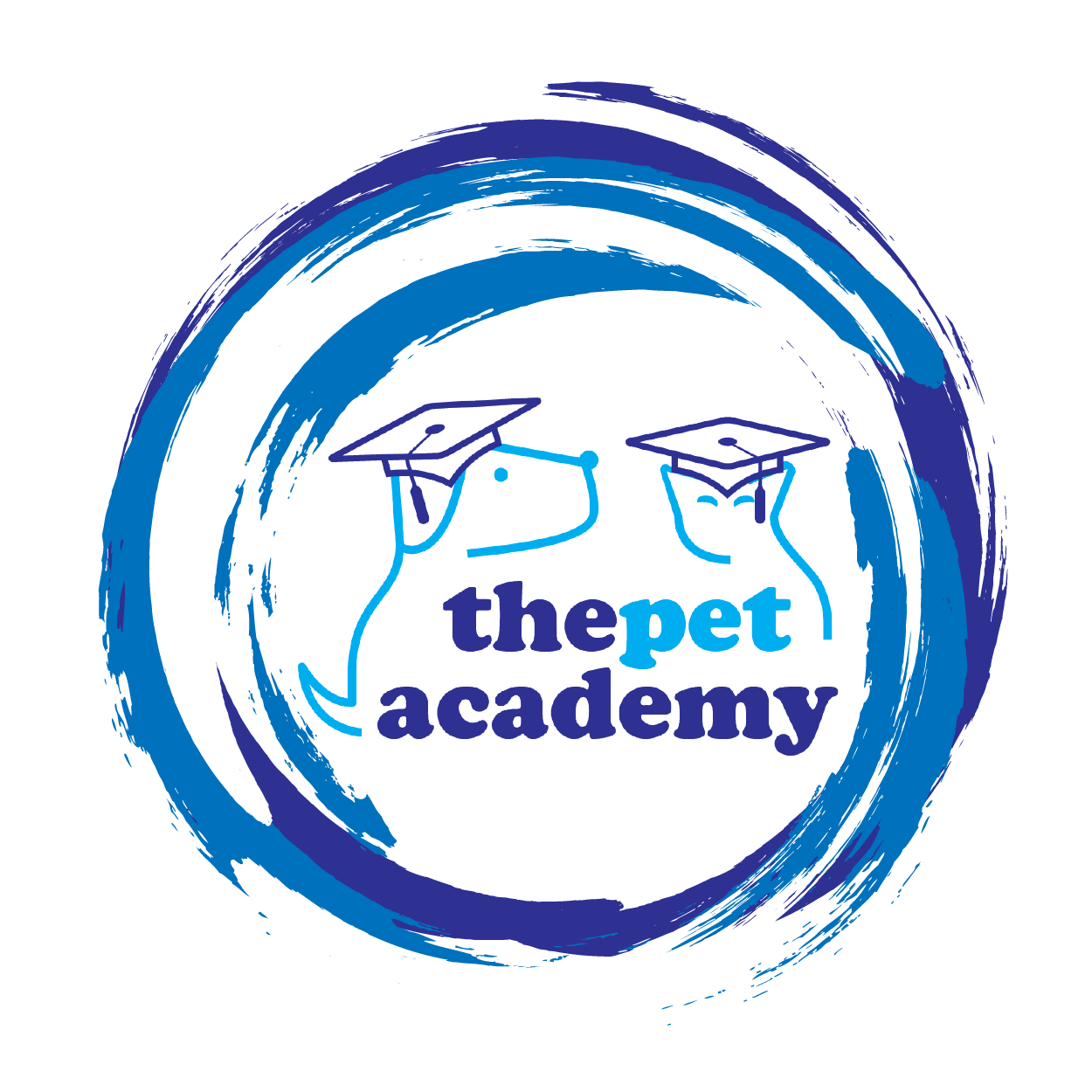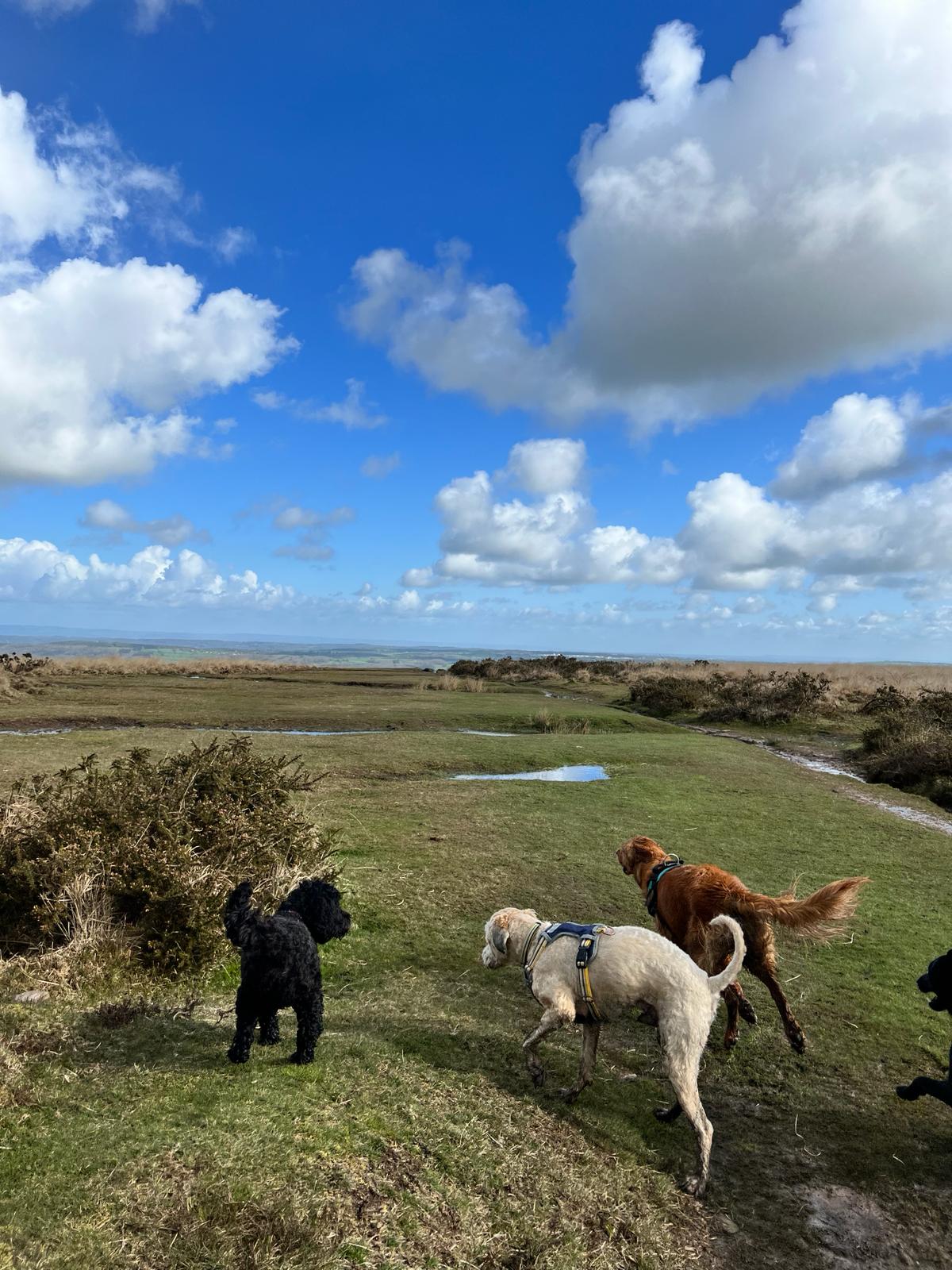Reading Your Dog’s Body Language: A Guide for Pet Owners
Understanding your dog’s body language is essential for building a strong, trusting relationship with your furry friend. Dogs communicate primarily through body language, and being able to interpret their signals can help you respond appropriately to their needs and emotions. Here’s a guide to help you read and understand your dog’s body language.
1. Tail Position and Movement
- Wagging Tail: A wagging tail usually indicates happiness or excitement, but the speed and direction of the wag can provide more context. A fast, broad wag often means your dog is very happy, while a slow, tentative wag might indicate uncertainty.
- High and Stiff Tail: A high, stiff tail can signify alertness or dominance. If the tail is also quivering, your dog might be feeling particularly confident or assertive.
- Low or Tucked Tail: A tail held low or tucked between the legs often indicates fear, anxiety, or submission. Pay attention to the context to understand the specific emotion your dog is experiencing.
2. Ears
- Erect Ears: Ears standing up and facing forward usually mean your dog is attentive and alert. This can happen when they hear an interesting sound or see something intriguing.
- Flattened Ears: Ears pulled back against the head often signal fear, anxiety, or submission. This is a common reaction to loud noises or unfamiliar environments.
- Neutral Ears: Ears in a relaxed, natural position indicate that your dog is calm and comfortable.
3. Eyes
- Soft Eyes: When your dog’s eyes appear soft and their eyelids are relaxed, it usually means they are calm and content. This is often accompanied by slow blinking.
- Wide Eyes: Wide, open eyes with a lot of visible white (whale eye) can indicate fear or stress. Your dog might be feeling threatened or anxious.
- Direct Stare: A direct, prolonged stare can be a sign of dominance or aggression. If your dog is staring intensely at another animal or person, it’s best to intervene calmly.
4. Mouth and Lips
- Relaxed Mouth: A slightly open mouth with the tongue hanging out generally indicates that your dog is relaxed and happy.
- Lip Licking or Yawning: These behaviours can be signs of stress or anxiety, especially if they occur frequently and outside the context of eating or feeling tired.
- Bared Teeth: Showing teeth, especially with a curled lip and wrinkled nose, is a clear warning sign of aggression or a defensive stance. This is a signal that your dog is ready to protect themselves if needed.
5. Body Posture
- Relaxed Posture: A relaxed, loose body posture indicates that your dog feels safe and comfortable. This is the ideal state for your pet.
- Stiff Posture: A stiff, tense body can signal alertness, fear, or aggression. It’s important to assess the situation to determine the exact emotion.
- Cowering or Hunched Posture: A hunched body, often with the tail tucked and ears back, indicates fear or submission. Your dog may need reassurance or removal from the stressful situation.
6. Overall Behaviour
- Play Bow: When a dog lowers their front legs and keeps their rear end up, they are inviting play. This is a positive and friendly gesture.
- Pacing: Pacing back and forth can be a sign of anxiety or excitement. Try to identify the cause to address your dog’s needs.
- Freezing: If your dog suddenly freezes in place, they may be feeling threatened or uncertain. It’s crucial to observe what might be causing this reaction.
By paying close attention to your dog’s body language, you can gain valuable insights into their emotional state and well-being. Responding appropriately to their signals helps build a stronger bond and ensures a happier, more harmonious life together. Always consider the context of the situation and the combination of signals your dog is displaying to accurately interpret their feelings. With practice and observation, you’ll become adept at reading your dog’s body language and understanding their needs.

